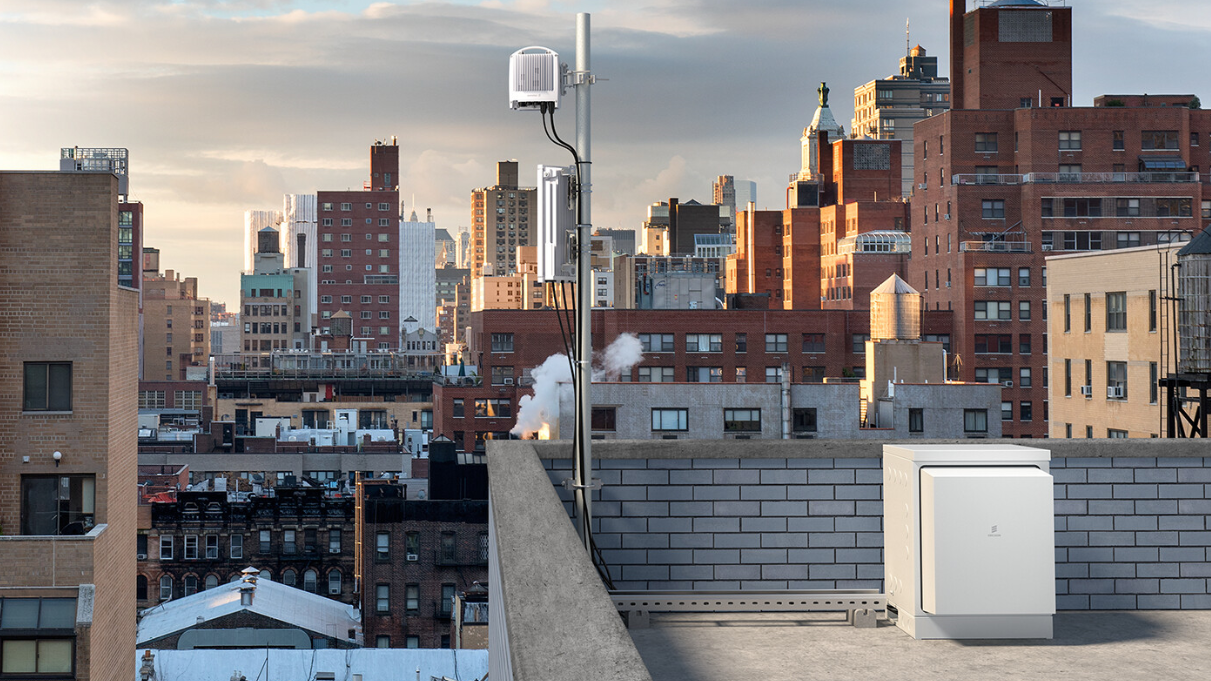Ericsson report predicts 2.8 billion 5G subscriptions by 2025
The Ericsson Mobility Report for June reveals 5G subscription numbers for the next five years, as well as other industry forecasts.

The June 2020 edition of the Ericsson Mobility Report is now available, and amongst a number of projections for data, traffic and regional subscription growth, it has revealed that it expects up to 65% of the world’s population to have 5G coverage by 2025, by which point Ericsson says there will also be 2.8 billion 5G subscribers.

And the 5G research has also highlighted the effects that Covid-19 has had on the way people connect, as lockdown measures such as social distancing kept millions of workers and students at home, placing significant demands on infrastructure.
“The spread of COVID-19 has prompted people all over the world to change their daily lives and, in many cases, work or study from home,” said Fredrik Jejdling, Executive Vice President and Head of Networks, Ericsson. “This has led to a rapid shift of network traffic from business to residential areas. The latest Ericsson Mobility Report shows that mobile and fixed networks are increasingly playing a bigger part of critical national infrastructure."
The growth of fixed wireless access
The report also reveals that fixed wireless access (FWA) connections - where homes have their internet delivered wirelessly - are forecast to reach almost 160 million, and account for 25 percent of global mobile network data traffic by end of 2025 (at the end of 2019, global FWA data traffic was estimated to have been around 15 percent of the global total).
"5G was made for innovation and this crisis has highlighted the true value of connectivity and the role it can play in restarting economies."
Fredrik Jejdling, Ericsson.
Elsewhere, whilst the coronavirus has caused the growth in 5G subscription to falter, Ericsson claims that this is outweighed by “other markets where it is accelerating”, prompting Ericsson to raise its year-end 2020 forecast for global 5G subscriptions.
"Beyond measuring the success of 5G in subscriptions, its impact ultimately will be judged by the benefits it brings to people and enterprises," Jejdling adds. "5G was made for innovation and this crisis has highlighted the true value of connectivity and the role it can play in restarting economies."
The report also focuses on the growth in IoT subscriptions, which 5G will support over the next five years, revealing that the two technologies used to power IoT devices will make up the majority of cellular connections by 2025.
SIGN UP FOR E-MAIL NEWSLETTERS
Get up to speed with 5G, and discover the latest deals, news, and insight!
“At the end of 2025, NB-IoT and Cat-M are projected to account for 52 percent of all cellular IoT connections,” the report says. “Cat-M and NB-IoT follow a smooth evolution path into 5G networks, and can continue to be deployed in the same bands as today, even when 5G is introduced. Commercial devices for Massive IoT include various types of meters, sensors, trackers and wearables.”
Get the June edition of the Ericsson Mobility Report here.
- Discover the best 5G networks in the UK and US
- Get your hands on the hottest 5G phones
- Millimeter wave: the secret sauce behind 5G
- The complete guide to 5G security
- We reveal the latest 5G use cases
- Discover the truth behind 5G dangers
- 5G towers: everything you need to know
Dan is a British journalist with 20 years of experience in the design and tech sectors, producing content for the likes of Microsoft, Adobe, Dell and The Sunday Times. In 2012 he helped launch the world's number one design blog, Creative Bloq. Dan is now editor-in-chief at 5Gradar, where he oversees news, insight and reviews, providing an invaluable resource for anyone looking to stay up-to-date with the key issues facing 5G.

